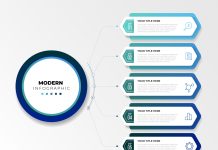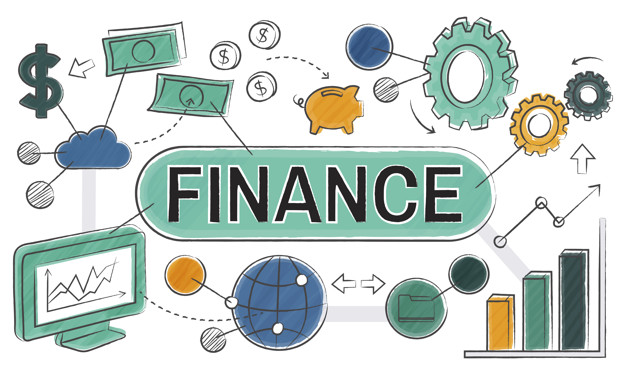According to Kevin Alexanderson, director of business systems and analytics at Airbase, data is always present and overflowing.
He emphasized, however, that data alone is not adequate to support many stakeholders inside a corporation in making strategic decisions. For several, scattered teams to examine the same item and agree on what they’re looking at, it must be spread over activities and compacted.
Considering that there isn’t always agreement on how to describe a company’s clients and users, transactions, or even prospective profits, it’s easier said than done.
A customer could be defined by the customer support team as someone who simply goes by that name, while the finance team might argue that a person is not a client until they have transacted business with the organization. Furthermore, no company wants a customer to have a negative user experience at any stage of the procedure to the point when they decide to quit the game entirely by casting their vote with their feet.
He argued that including complex analytics can help to build agreement on standards like annual recurring income and the time when transactions can be viewed as having been completed.
According to Alexanderson, technical problems like enabling data to move easily between departments may make cost management fairly difficult. In order to enable client businesses to successfully close their books, he said that Airbase has been making large expenditures to transfer data through its platform and onto those firms’ general ledgers.
Then there is the problem of streamlining processes so that the accounting and finance teams may have some control over how much discretion a person or team may have in spending money.
We provide such information in terms of whether you are in compliance with industry standards and how to resolve deviations, the man added.
Managing Risk
He concluded by saying that data flow helps risk teams identify creditworthy parties when onboarding business-to-business (B2B) customers and suppliers. That information may also contain the prospective customer’s incorporation period.
Although some of this may seem pretty simple, he continued, “it’s particularly critical when you have some really sophisticated fraudsters out there who are getting very, very good at mimicking CEOs and even fabricating official paperwork.” The platform’s powerful analytics may analyze spending habits (whether through bill payments or credit cards) in the event that a bad actor has obtained access to a system or has successfully impersonated a present customer and set up warning lights.









